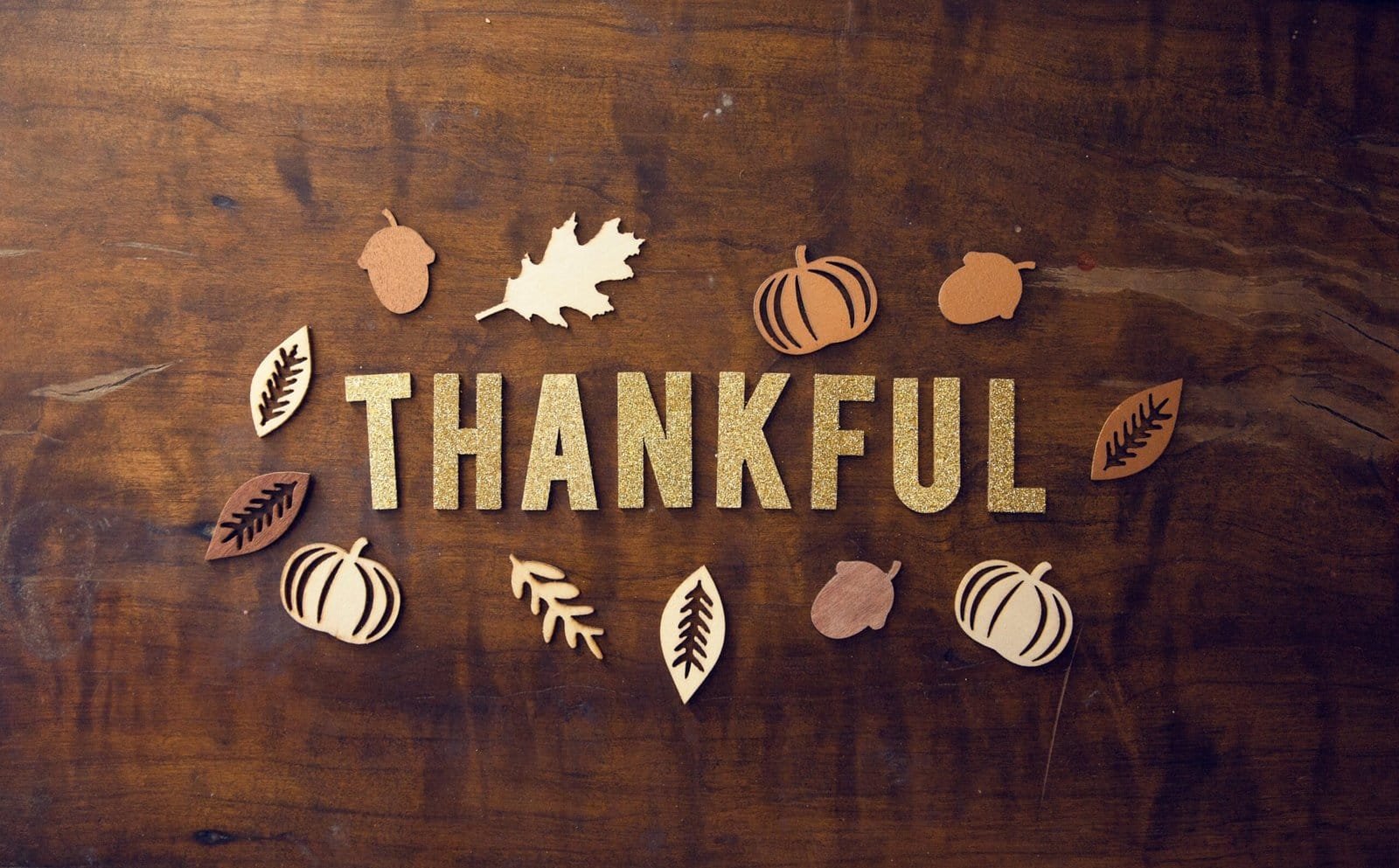
Incorporating Thanksgiving Themes into the Curriculum
Integrating Thanksgiving themes into the curriculum can provide a rich educational experience for elementary school students. By aligning lessons with the values of gratitude, cultural diversity, and historical perspectives, teachers can create engaging environments that foster learning and appreciation for this significant holiday. Various subject areas lend themselves to incorporating Thanksgiving-related activities, creating an interdisciplinary approach that captivates students’ interests.
In history lessons, teachers can explore the story of the First Thanksgiving, discussing its context and significance. This approach not only enlightens students about historical events but also encourages critical thinking about the perspectives of the Native Americans and the Pilgrims. Furthermore, educators can enhance students’ understanding of the impact of these early interactions on modern-day cultural practices by organizing storytelling sessions where children can express their thoughts and questions about the past.
In language arts, writing activities can play a pivotal role. Teachers may facilitate writing gratitude letters as a way for students to articulate their appreciation for family, friends, and community. Such an exercise not only develops writing skills but also nurtures emotional intelligence, allowing students to reflect on their values and relationships. Engaging in these activities can help students understand the deeper meaning of Thanksgiving beyond the traditional feast.
Moreover, research projects can provide an opportunity for students to explore Thanksgiving traditions from various cultures around the world. By investigating how different societies celebrate this holiday, students gain insight into cultural diversity and the shared values of gratitude and togetherness. Group presentations can further encourage collaboration and communication skills, fostering a collective learning environment.
Through these creative approaches, teachers can effectively incorporate Thanksgiving themes across the curriculum, making learning both enjoyable and impactful.
80 Writing Prompts for Halloween, Thanksgiving, Christmas and Valentines – Thanksgiving
Sets: Thanksgiving
Hands-On Creative Arts and Crafts
Thanksgiving offers a wonderful opportunity for elementary students to engage in hands-on arts and crafts projects that celebrate the holiday’s spirit. These creative activities are not only enjoyable but also help students express gratitude and appreciation through various forms of artistic expression. One popular project is the turkey handprint, where students dip their hands in colorful paint and create a turkey shape using their handprints. This project encourages creativity while allowing students to create personalized decorations for their homes or classrooms.
Another meaningful craft is the creation of gratitude jars. Each student can decorate their own jar using markers, glitter, and other decorative materials. They can then write down things they are thankful for on slips of paper and place them inside the jar. This activity not only cultivates mindfulness and gratitude but also fosters a sense of community when students share their thankful notes with one another.
Fall-themed wreaths can also be an engaging project that celebrates Thanksgiving. Students can gather materials such as leaves, pinecones, and acorns, creating beautiful wreaths to decorate their classrooms or homes. This project encourages collaboration among students as they work together to gather natural materials and assemble their wreaths, emphasizing teamwork and creativity.
These arts and crafts projects provide an excellent way for teachers to celebrate Thanksgiving while promoting engagement among students. Each activity can be tailored to suit different skill levels, ensuring that all students can participate and showcase their creativity. By integrating these projects into the curriculum, teachers can create a memorable Thanksgiving experience that highlights the importance of gratitude and community, making learning both fun and meaningful.
Collaborative Community Service Projects
Thanksgiving is a time of reflection, gratitude, and community spirit, making it an ideal opportunity for teachers to engage students in collaborative community service projects. These initiatives not only promote social responsibility but also foster teamwork and empathy among young learners. Organizing such projects can instill a sense of belonging and purpose in students, teaching them the significance of giving back to their communities.
One effective approach is to organize a food drive within the school. Teachers can motivate students to collect non-perishable food items as donations for local food banks or shelters. By setting goals and encouraging friendly competition between classes, educators can enhance students’ engagement in the project. These food drives help students understand the importance of community support and how their contributions can alleviate hunger for those in need.
Another impactful activity is the creation of care packages for the less fortunate. Teachers can guide students in selecting essential items, such as toiletries and warm clothing, to fill these packages. This project can be integrated with lessons on empathy, compassion, and the history of Thanksgiving, allowing students to learn about the relevance of caring for others during this festive season. Involving parents to contribute goods or assist in assembling the packages can further strengthen the community bond and teach children the value of collective effort.
Furthermore, schools can organize community clean-up days. Students can work together in teams to clean local parks or neighborhoods, promoting environmental stewardship while enhancing their physical activity and social skills. These initiatives not only beautify the community but also provide students with a tangible way to demonstrate gratitude for their environment. In conclusion, implementing collaborative community service projects during Thanksgiving allows students to grasp the spirit of the holiday, nurture their sense of community, and grow into responsible citizens.
Integrating Thanksgiving Traditions from Various Cultures
Thanksgiving offers an excellent opportunity for educators to explore the rich tapestry of cultural traditions related to gratitude and harvest celebrations from around the world. By integrating these traditions into the classroom, teachers can create a multicultural experience that broadens students’ perspectives on thankfulness. Different cultures have their unique ways of expressing gratitude, which can enrich students’ understanding of this significant theme.
One effective method for introducing these traditions is through cooking traditional dishes. Teachers can organize a cooking day where students prepare simple recipes from various cultures. For instance, students could make mincemeat pies originating from England, celebrate the Japanese “Shichi-Go-San” festival with special rice dishes, or create a classic Mexican mole sauce for Día de Muertos. Such activities not only align with the Thanksgiving theme but also engage students in hands-on learning.
In addition to culinary practices, storytelling plays a vital role in celebrating diverse traditions. Teachers can invite parents or community members to share stories from their cultures about harvest time and expressions of thankfulness. This storytelling can also include traditional music and dance, providing students with an immersive experience. Engaging students in folk dances or music from different cultures instills a sense of appreciation for global festivities.
Moreover, incorporating art projects inspired by various cultural celebrations can serve as a creative outlet. Students might craft gratitude trees, where they write down what they are thankful for in multiple languages. This visual representation not only beautifies the classroom but also reinforces the inclusivity of the Thanksgiving celebration.
Ultimately, by implementing these diverse Thanksgiving traditions, teachers can cultivate an environment that emphasizes understanding, respect, and appreciation for the myriad ways people express gratitude worldwide, thereby fostering a sense of community in the classroom. Such efforts promote inclusivity and highlight the global significance of Thanksgiving.


